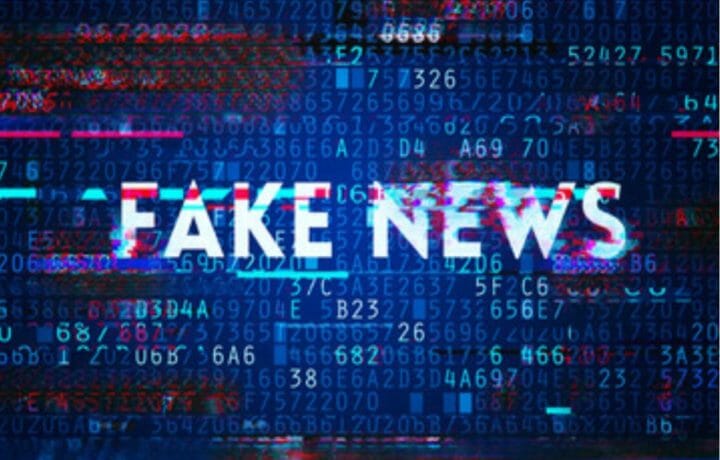If you are like many people, you no longer know what news to believe. We appear to be in a period of mis- and dis- information. Extremely frustrating, we often find ourselves believing something we have read, only to find out during the next news cycle the story was “Fake News.” Now with social media, many of us are guilty of innocently propagating fake stories.
Debunking Fake News for Ukrainian War
Many stories coming out of the Ukrainian War could be classified as “Fake News.” It is often not known who the perpetrators are or their intent. From a false story about Leonardo DiCaprio donating $10 million to Ukraine to Steven Seagal fighting for the Ukrainian Army, false stories are everywhere. Late last week, Seagal stated he was not in the Ukraine, and he looked at both countries as “one family” hoping for a “positive, peaceful resolution.” With claims of Ukrainian family ties, DiCaprio’s debunked story originated in south America.
Debunking new stories has now become a full-time job for many in the press corps. Online fringe groups and mainstream media alike repeat stories, usually without independent verification.
How about the fighter ace, “Ghost of Kyiv”? Of course it can’t be all true, but myths like this are useful in rallying Ukrainian citizens against the Russian hoard. And while some photos of Ukrainian President Zelensky in combat gear with troops in Eastern Ukraine have a 2022 date, others were snagged in early 2021.
Last week, social media users shared an image of a beautiful Ukrainian woman in uniform, alleging she was the wife of a ‘Ukrainian vice-president’, who had joined the country’s armed forces to fight the Russians. It made social media a second time as Zelensky’s wife. A video shows “Ukrainians” running and screaming in a crowded city. However, the actual video was shot in Birmingham in 2013 for the film Invasion Planet Earth. The director tweeted, “….shocked to see my footage being used like this.”
Russia Tries to Define What Fake News is
“Fake news” was a term coined originally by misinformation researchers and thrown around a lot in the past few years. Most recently it is now being used Russian President Vladimir Putin’s government, with nefarious intent. With state authorities now determining what is “Fake News,” Russia has passed a law making it a crime to publish “Fake News.” On the surface, this sounds like a good thing.
Now punishment is being dealt out for published and propagated real news. When a Russian attack damaged a maternity hospital on March 9, Russian officials quickly deemed the story “fake news,” telling citizenry such reports were punishable by up to 15 years in jail. In other words, fake news in Russia is now real news and vice versa.
Making matters worse, Russia state media is now shaping the Russia-Ukrainian war for its citizens by using “Fake News.” State media is using fake video and creating story line for disinformation, trying to debunk any western war stories slipping through the Russian information lockdown. A Russian reengineered video of a man and a woman having fake blood applied to their faces, has received millions of social media views. The clip is being used by Russia as hoax evidence to de-bunk western claims of injured civilians. However, the video being used by Russia is unrelated to the war. It was shot in 2020 for a Ukrainian TV series called Contamin.




